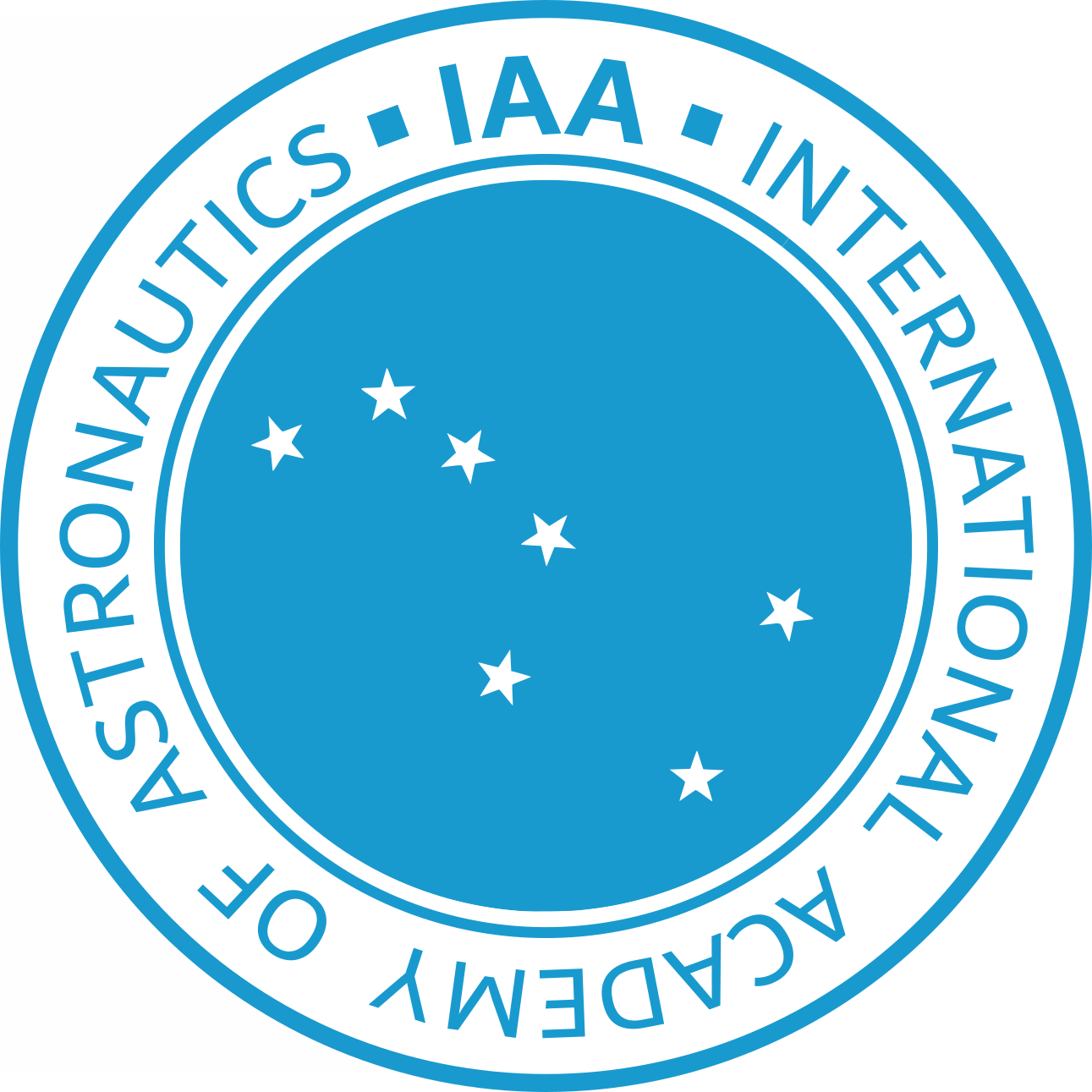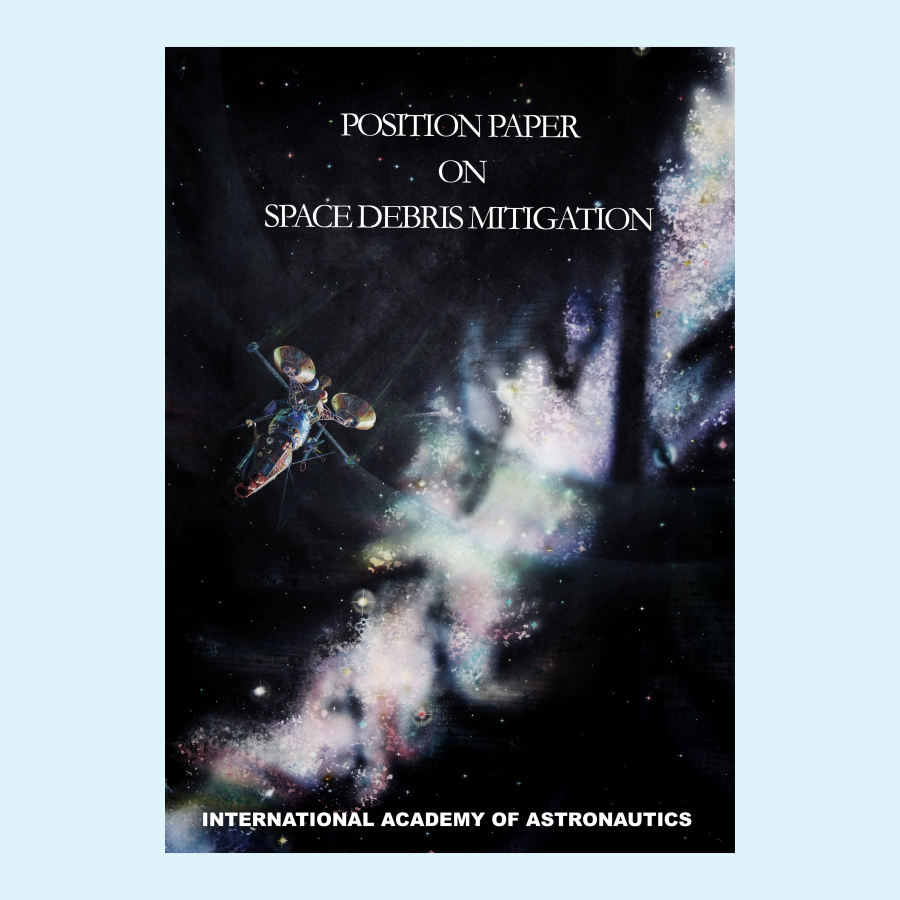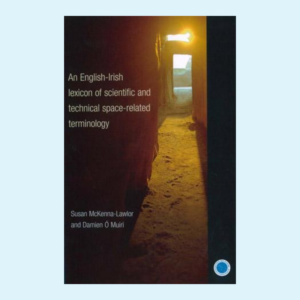Space Debris Mitigation: Implementing Zero Debris Creation Zones
10.00€ – 25.00€
Published October 2005, Paris, France, 61 pages. There are only very limited ways to improve the risks or effects of collisions: • Removal of large potential colliders does not seem practically feasible today • Collision avoidance is possible only with large catalogued debris • Shielding of critical spacecraft is possible up to a low energy limit only: debris larger than 1 or 2 cm impacting an active spacecraft may have very deadly effect • Mitigation is by far the most efficient strategy: limiting the number of orbital debris in the critical orbital zones is the most efficient strategy for long term stability of the orbital population. The study covered both the spacecraft and the launchers topics.
Space Debris Mitigation: Implementing Zero Debris Creation Zones, October 2005, Paris, France, 61 pages. For several decades, orbital debris has been identified as a serious concern! This orbital debris potentially threatens future space missions, mainly in Low Earth Orbits and in Geostationary Earth Orbit, due to the risk of high energy collisions with valuable spacecraft. A complete presentation of the topic has been published with the year 2000 revision of the IAA Position Paper on Orbital Debris 1. There are only very limited ways to improve the risks or effects of collisions: • Removal of large potential colliders does not seem practically feasible today • Collision avoidance is possible only with large catalogued debris • Shielding of critical spacecraft is possible up to a low energy limit only: debris larger than 1 or 2 cm impacting an active spacecraft may have very deadly effect • Mitigation is by far the most efficient strategy: limiting the number of orbital debris in the critical orbital zones is the most efficient strategy for long term stability of the orbital population. The study covered both the spacecraft and the launchers topics. Major recommendations are: • There shall be no generation of operational debris. • There shall be no risk of explosion following end of mission: any spacecraft or upper stage left in orbit shall be “passivated” • Two orbital regions shall be protected: Low Earth Region up to 2000 km and Geostationary Earth Orbit. Clear motto as a long term strategy: no orbital debris creation within these two protected regions. May be replaced in the coming decade by no long lived orbital debris creation within the two protected regions.
| Weight | N/A |
|---|---|
| Book Format | Digital (PDF), Softcover |





